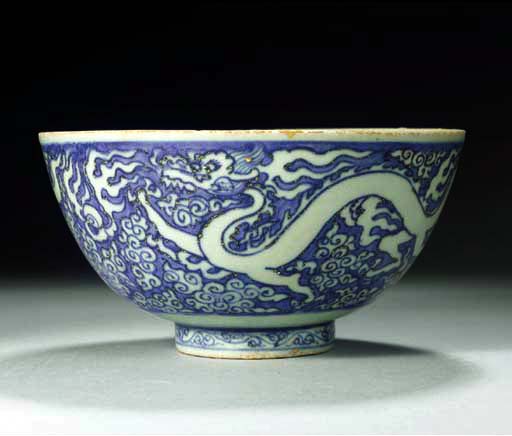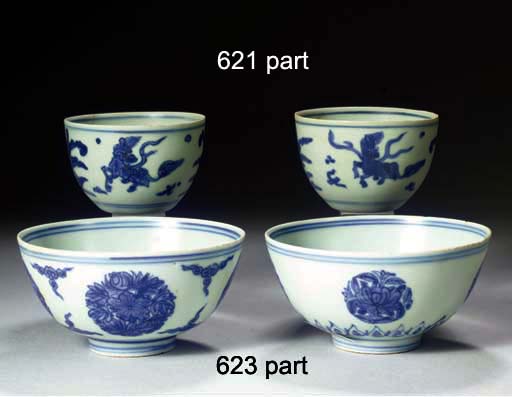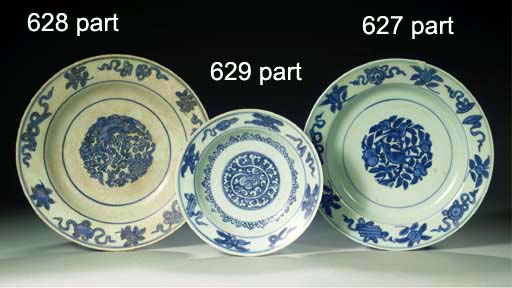Ming
Jiajing Fort
San Sebastian
Wreck
This
wreck, situated near the sea in
Fort
San Sebastian
in Moçambique,
was discovered in 2001 by the team from Arqueonautas, a Portuguese salvage
company. Subsequent research carried
out by its team revealed that this
wreck is most likely the remains of the Portuguese ship nao
Espadarte. It went to
India
in 1554 and while
on its return journey to
Portugal
, it broke its
mast at the
Cape
of Good Hope and was forced to go back to
Mozambique
.
It stranded at the point of Nossa Senhora do Baluarte at a depth of 5
fathoms [9m])
Besides a substantial amount of gold ingots, some Chinese porcelains were
recovered. Some pieces have the mark
Ming ‘jiajing nian zao’, ‘嘉靖年造‘
ie ‘made in Jiajing’.
However, the most significant find is a
dish decorated with a white hare on the interior and bird perched on the branch of a
peach tree on the external wall. The external base carries a mark with the cyclical date ‘gui chou nian zao’ ‘癸丑年造‘
ie
‘made in the gui chou year’. The
Chinese system of dating is based on cycles of sixty years. This
particular cyclical date corresponds most likely with the year A.D 1553 (Ming
Jiajing) or the next cycle date of A.D 1613 A.D (Ming Wanli). Stylistically,
it is unlikely to be the earlier cycle date of A.D 1493 (Ming Hongzhi).
The thin outline and wash method of motif execution was used on the
blue and white wares in this wreck . This
style of drawing began during the Jiajing period and was popular even till Ming
Chongzhen period. However, those
pieces with Jiajing mark found on the wreck and the document regarding the
sunken ship nao Espadarte confirmed that the porcelain wares were from Jiajing
period.
Some
of the artifacts from this wreck auctioned by Christies

Written by NK Koh (28 Jul
2009)































